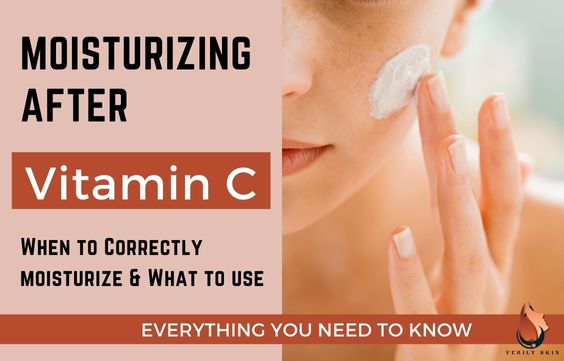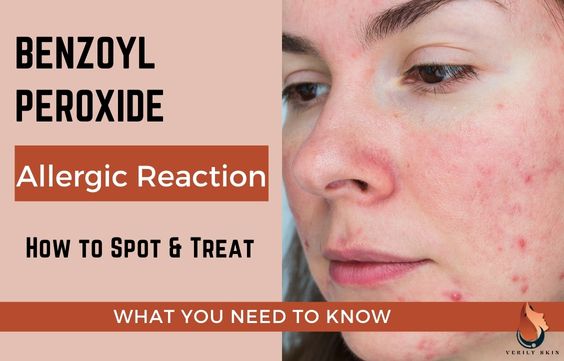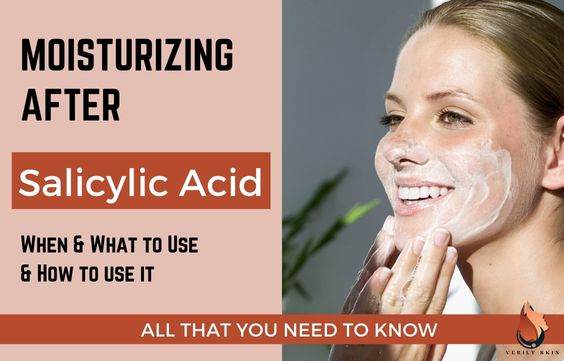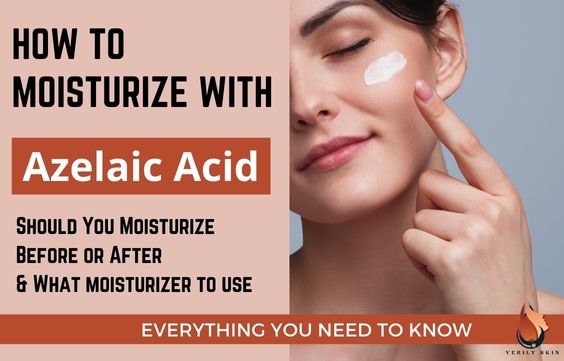7 Reasons Salicylic Acid can make Acne Worse & What to Do
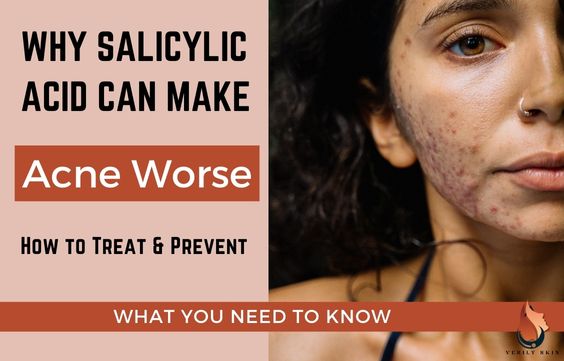
Salicylic acid is well known as the holy grail when it comes to treating acne and preventing future breakouts. It deeply penetrates the skin to unclog pores and exfoliate, bringing all the impurities up and out of the skin.
But a new concern is that salicylic acid can also make your acne/breakouts worse. If that is the case, then why are we still using it? And if we want to keep using it, how do we prevent this from happening?
Can Salicylic Acid Make Your Acne/ Breakouts Worse
If you overuse salicylic acid, or do not use a suitable concentration for your skin, it can cause dryness and irritation, which can worsen acne and breakouts.
Salicylic acid is just one of the different acne-fighting ingredients that are available. Even though it is great at what it does, it works differently than other ingredients. Unfortunately, it is not always suitable for all kinds of skin.
Salicylic acid is an active ingredient that is best used in specific concentrations and at specific intervals. This may vary for each person so that it can be most effective while avoiding side effects.
Your best bet is to consult your dermatologist on whether salicylic acid will be right for your skin. You should also do a test run to see how your skin will react to this ingredient before settling on it for long-term use.
Reasons Why Salicylic Acid Can Make Your Acne/Breakouts Worse
1- You could be using the wrong ingredient
The right acne-treating ingredient for you will depend on the kind of acne that you have. For example, if you have comedonal acne (acne that is caused by clogged pores like whiteheads and blackheads), then salicylic acid will be a good option for you since it clears pores.
However, if you have bacterial acne (pustules and papules) then something like benzoyl peroxide will be better for you since it is more antibacterial.
2- You’re using salicylic acid too much
Sometimes, when you have acne, you tend to think that using more of your acne product will work better or faster. This is not the case. In the case of topical treatments, a little goes a long way.
Salicylic acid can be drying to the skin since it breaks up and gets rid of oil. Using too much of it can over-dry the skin and irritate it. This can cause your skin to overproduce oil, making acne worse, or the irritation can cause breakouts.
It’s important to correctly moisturize after using salicylic acid click here to read my article on Moisturizing After Salicylic Acid: What To Do & Use
Video: How Often Should You Use BHA/ AHA Acids?
3- You are not using it enough
On the other end of the spectrum, some people do not use enough of their acne treatments or they stop using them too soon.
This is especially common with purging. Sometimes, when you use salicylic acid, your acne seems to get worse before it starts to get better. Many of us panic and stop using it, which makes it ineffective. The skin needs time to get used to the treatment to start making significant changes.
Salicylic Acid can be used to treat oily skin click here to learn more.
4- You’re using the wrong concentration
Sometimes, the concentration of salicylic acid that you are using is either too high for your skin, causing irritation, or it is too low to make any difference to your acne.
Most dermatologists recommend starting with low concentrations to give your skin time to adjust. Then gradually work your way up until you start seeing the right kind of changes in your skin.
5- It could be reacting badly with other products
Salicylic acid is sometimes best used on its own to treat acne. Many of us have the urge to try everything and anything all at once when tackling acne. But, many acne-treating ingredients are drying, and using them at the same time can be too harsh for your skin.
6- You could be allergic or sensitive to salicylic acid
While allergies to salicylic acid are rare, it is still a possibility. Some people are also very sensitive to active ingredients like salicylic acid.
This is why it is very important to patch test before slathering ingredients on your skin. Generally, allergic reactions look like flat, red bumps (hives) or peeling, but sensitivity reactions can also resemble acne pustules.
7- Your skin could be purging
Purging happens when an active ingredient like salicylic acid speeds up the rate of skin cell turnover. This brings impurities to the surface of your skin in acne-like bumps faster than anticipated.
The “pimples” eventually go away as your skin gets used to the treatment. Your skin will start to improve after 4-6 weeks or at least one skin cycle. Many people mistake purging for worsening acne or breakouts.
Click here to read more about purging by salicylic acid.
What To Do If Salicylic Acid Makes Your Acne/Breakouts Worse
If you are using salicylic acid and your acne seems to be getting worse, the best thing to do is to consult your dermatologist or skincare professional for advice before changing your treatment.
You may need to change:
- Your ingredient to something else
- The way that you use salicylic acid (timing and frequency)
- Your diet and lifestyle
- The concentration of salicylic acid
- Your skincare routine in general
Tips To Follow To Prevent Worsening Acne During Salicylic Acid Use
- Do not wash or scrub your face too often – while you need to keep your face clean, this may cause your skin to become too dry.
- Do not switch out your acne products too soon – stick to your treatment for the right amount of time to see the benefits before deciding to change to something else.
- Avoid using harsh cosmetics – you can use makeup and cosmetics even when you have acne but avoid the ones with harsh chemicals or fragrances that can irritate your skin.
- Use your acne treatment in the prescribed dosage, concentration, and frequency.
- Do not squeeze, pop, or pick at your acne lesions – this will damage your skin and leave scars, and even spread your acne to other areas of your skin.
- Pat dry your sweat instead of rubbing a towel across your skin – this is especially applicable after workouts and strenuous activities. The rubbing and salty sweat will just further irritate your skin.
- Do not share your makeup and makeup tools (brushes and sponges) – you can spread your acne by doing this and make your own acne much worse.
- Change your dirty linens often – bacteria and debris from your active acne lesions, your skin, and your hair are left back on your pillowcases and sheets. You should change them often.
- Always use sunscreen – acne-prone skin is already vulnerable and sun damage makes this worse.
- Change your diet – avoid foods that seem to trigger your acne. Many people have to avoid foods like milk, cheese, coffee, chocolate, and so many other things.
Related Article: Best Salicylic Acid Soaps – Benefits, Risks & How To Use
Common Questions About Salicylic Acid And Acne
What are the side effects of salicylic acid?
Even though salicylic acid is considered to be generally safe, there are some side effects that occur if it is used incorrectly:
- Dryness
- Irritation
- Skin tingling or stinging
- Itching
- Peeling skin
- Hives
Can salicylic acid cause cystic acne?
Salicylic acid will not cause cystic acne but it can make it worse by not effectively treating the bacterial infection associated with the condition.
Cystic acne is better treated with products that are more antibacterial like benzoyl peroxide or antibiotics to manage and prevent bacteria buildup and inflammation.
Salicyclic acid cannot do this effectively. Its ability to bring out the impurities through the surface of the skin may spread the bacteria instead, making it worse.
Does salicylic acid make acne worse before it gets better?
Sometimes, salicylic acid can cause skin purging which resembles an acne flare-up before it starts to make the skin visibly better. Many people mistake this for worsening acne.
After the skin has purged, your acne will generally start to get better. It takes patience and understanding to let your skin go through this process, no matter how worrisome it might look and feel.
Salicylic Acid For Dark Underarms: What You Need to Know
How do you spot the difference between salicylic acid purging and a breakout?
Skin purging from salicylic acid may resemble a breakout, but the differences are in the timing, appearance, and location of the “pimples”.
Regular acne breakouts are not dependent on product use (although some may worsen them), they usually look more red and inflamed, and they usually do not occur in new places.
Click here to read more about the difference between a skin purge by salicylic acid and a breakout.
Sources:
Salicylic Acid for Acne: Benefits, Dosages, and Side Effects
How Your Acne Treatments Could Be Making Your Breakouts Worse | Teen Vogue


